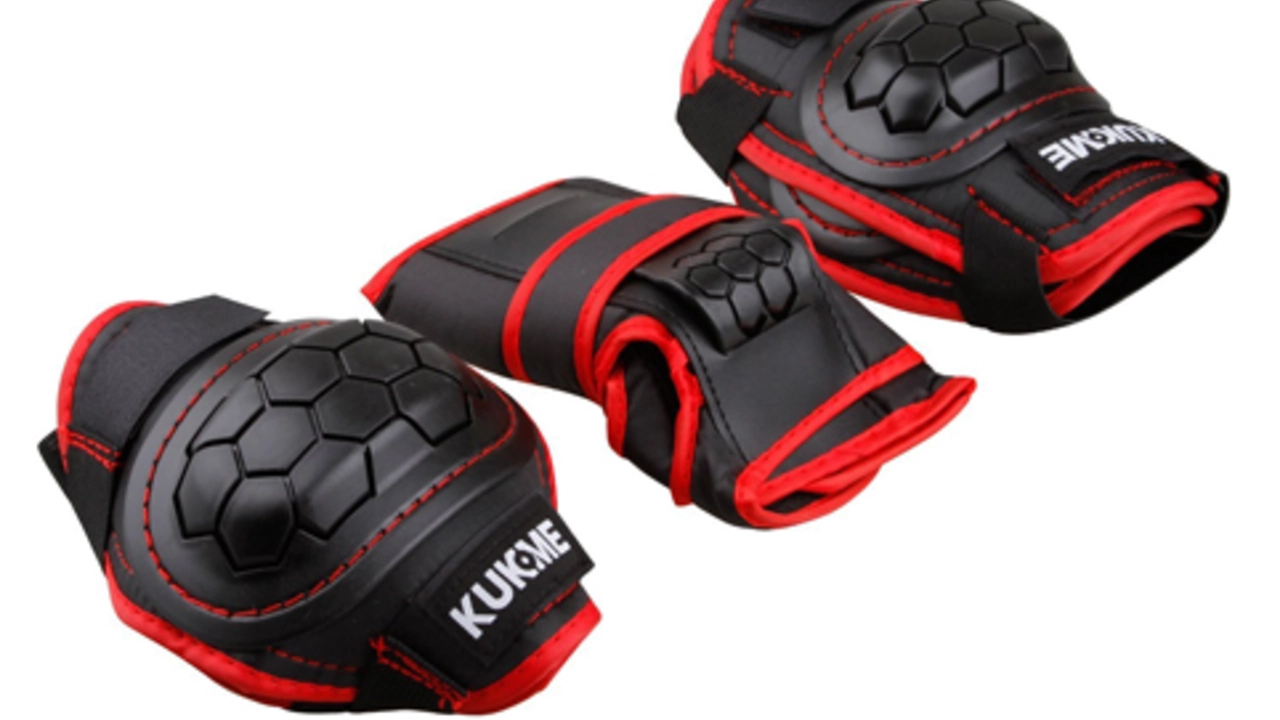Safety Equipment Basics for Sports
When you talk about Safety Equipment, the gear designed to protect athletes from injury during play. Also known as protective gear, it works hand‑in‑hand with Soccer Cleats, footwear that offers traction and ankle support, Helmets, hard‑shell head protection for contact sports and Shin Guards, plastic or foam pads that shield the lower leg. Safety equipment encompasses protective gear such as helmets and shin guards, it requires a proper fit to work, and it reduces injury risk for players of any level. Whether you’re a weekend league striker or a youth academy prospect, the right gear is the first line of defence against bruises, sprains, and worse.
Key Attributes and Standards
Choosing the right safety equipment starts with understanding its core attributes. Material matters: modern helmets use polycarbonate shells with EPS foam liners to absorb impact, while shin guards often combine ABS plastic with foam padding for comfort. Fit is another critical factor – a helmet that moves on the head or a cleat that slides inside the sock can actually increase the chance of injury. Compliance with standards such as FIFA’s “Equipment Regulations” for soccer, the EN 1073 standard for helmets, and ASTM guidelines for shin guards ensures that each piece has passed impact and durability tests. Players often overlook certification labels, but those stamps guarantee that the gear meets minimum safety thresholds set by governing bodies.
Beyond the basics, the environment influences gear choice. On wet grass, stud patterns on soccer cleats affect traction and ankle stability; on a hard baseball infield, a player might switch to metal spikes for better grip but still need shin guards to guard against foul balls. Maintenance also plays a role: regularly checking for cracks in helmet shells, loosening straps, or worn‑out tread on cleats can prevent equipment failure mid‑game. Simple steps like cleaning foam inserts and storing gear in a cool, dry place extend the lifespan of your protective items and keep them performing at peak safety levels.
Our collection below dives into real‑world scenarios where the right safety equipment makes a difference. You’ll read about how youth academies pick gear for long‑term development, why some soccer players experiment with cross‑sport cleats, and what standards matter most for local clubs. Each article offers practical tips you can apply today, whether you’re buying your first pair of shin guards or upgrading a full protective kit. Keep reading to see how equipment choices shape performance and keep players on the field.

Do soccer players wear cups?
While you'd think that soccer players, being in a sport where a ball is flying at high speeds, would automatically gear up with a cup, you'd be surprised! Most soccer professionals actually opt out of wearing cups. Sounds shocking, I know! It's mainly because they find it hampers their mobility and agility on the pitch. So, next time you cringe seeing a player take a low blow, remember, they chose speed over shield!